Tour tech: Wheels and gadgets from the world's best
Mavic, Quick Step custom and Garmin
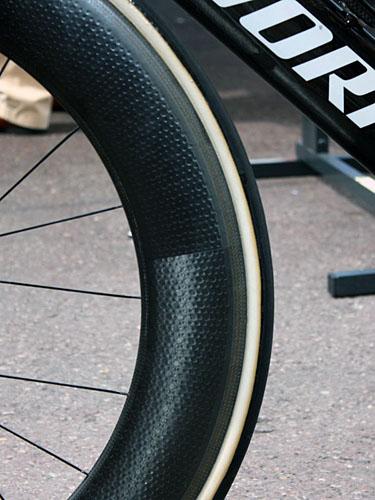
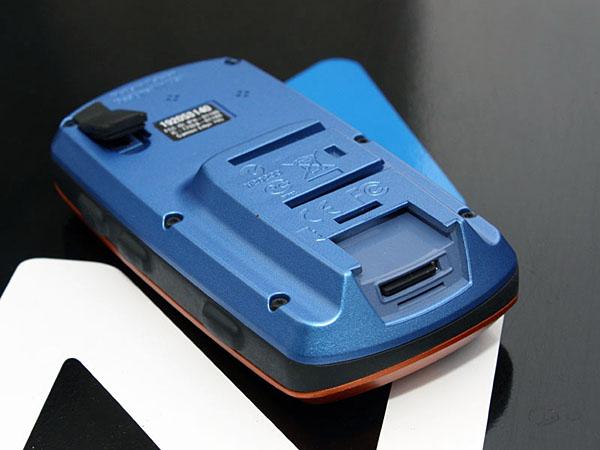
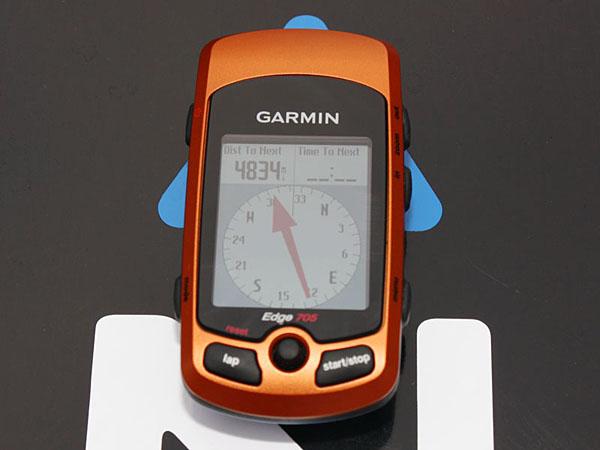
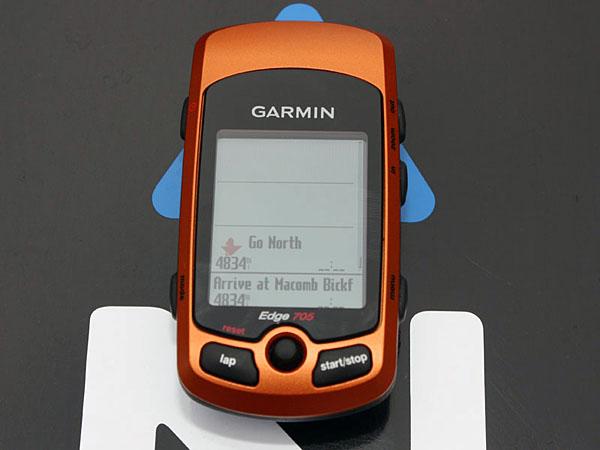
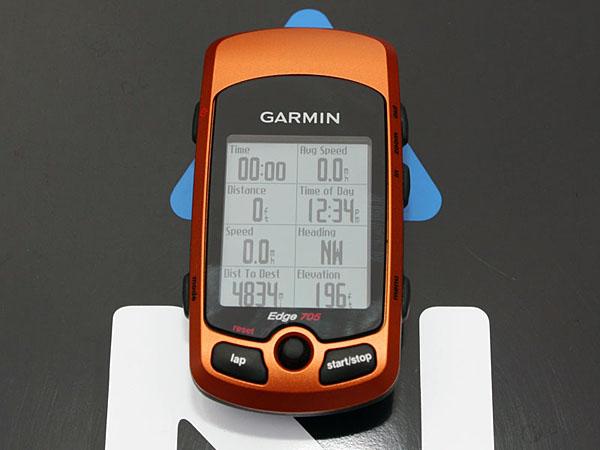
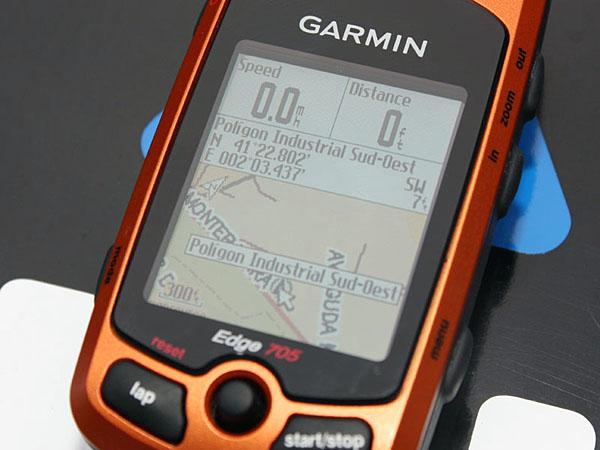
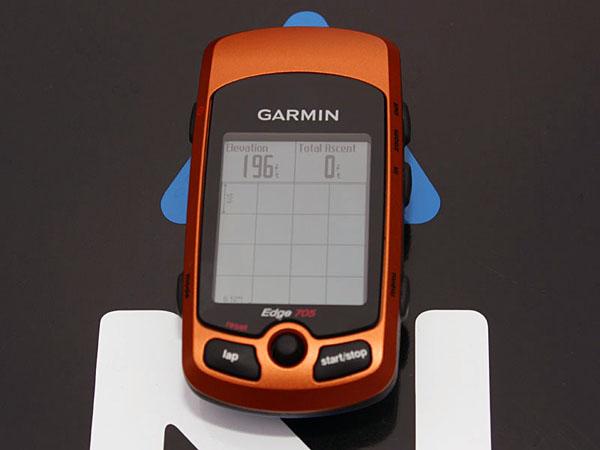

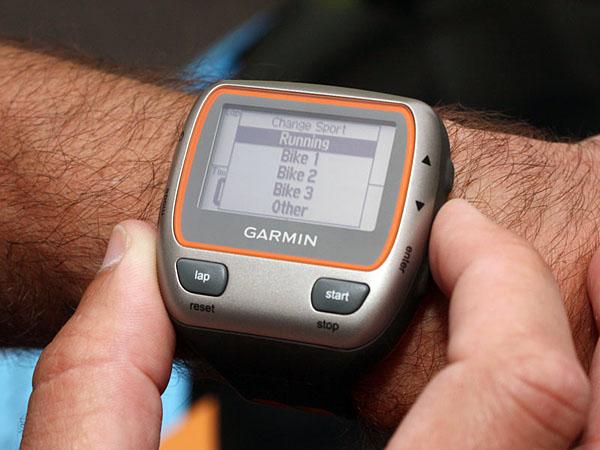
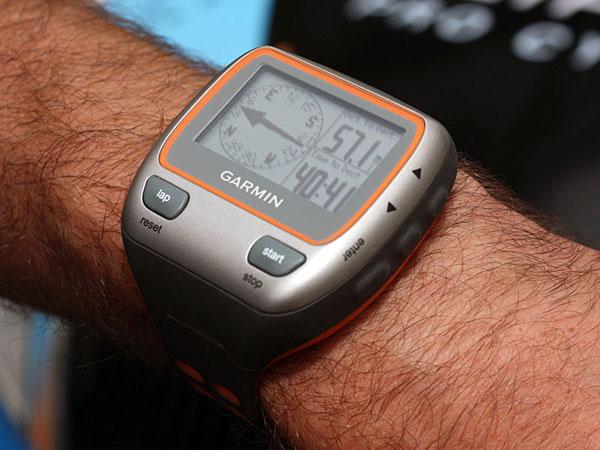
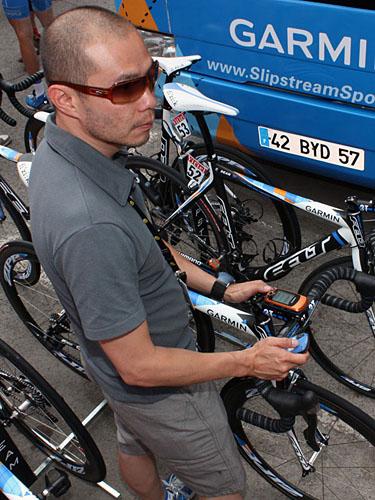
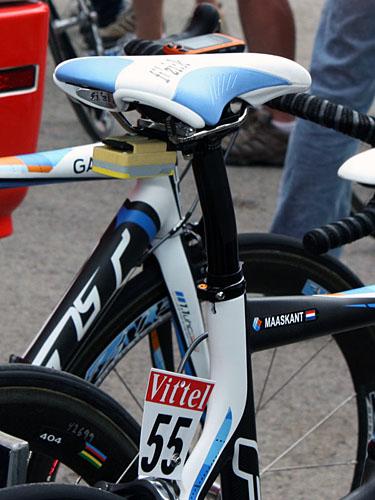

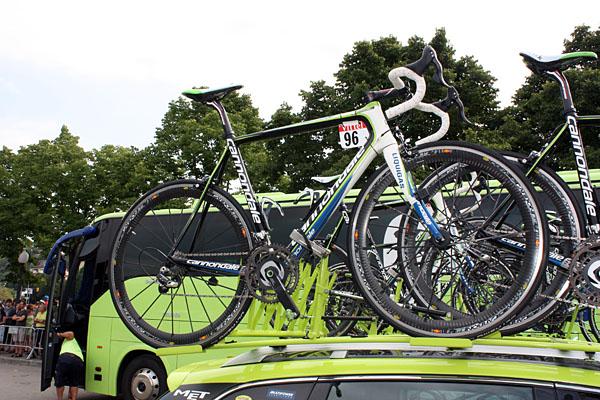



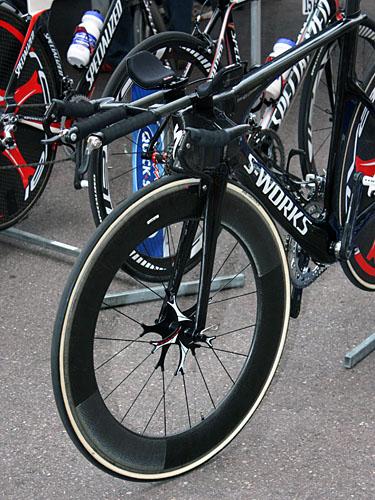
More team-only stuff from Mavic
Liquigas has been using a wide range of Mavic wheels during this year's Tour de France, from the light-and-speedy Cosmic Carbone Ultimate to the new Cosmic Carbone SLR... but not the one that's currently on store shelves.
Mavic only offers its versatile Cosmic Carbon SLR to consumers in a clincher format but Liquigas is riding special tubular versions. The team's wheels still use the production version's aluminum rim and carbon cap construction but the simpler tubular format likely sheds a couple of hundred grams from each pair right at the outer edges where it has the most impact, while also retaining the aluminum surface's superior wet braking performance.
Unfortunately, though, consumers won't be able to get their own Cosmic Carbone SLR tubulars any time soon. "Right now that is a team-only thing," said Mavic US marketing director Sean Sullivan. "No plans for the range [to be released] at this time."
A closer look at Quick Step's custom aero front wheels
The unmarked front wheels on Quick Step's time trial bikes aren't some new Specialized Roval model as some have speculated. Rather, they're simply a custom built hybrid using the company's Fusee Star hub design and Zipp's proven dimpled aero tubular carbon rim.
Though the Fusee Star front hub hasn't gained much favour within the team for road stages given its hefty weight and somewhat harsh ride quality, its aero benefits make it an easy pick for time trials. According to Specialized, the extra-narrow flange spacing reduces frontal area relative to a more conventionally spaced hub, the paper-thin shape is more effective at cutting through the air, and the tall flanges yield shorter spokes that churn less air.
The latest race content, interviews, features, reviews and expert buying guides, direct to your inbox!
As with the Mavic Cosmic Carbone SLRs used by Liquigas, though, these also aren't readily available to the public but skilled consumers with the right resources could certainly build one on their own without too much trouble.
Garmin-Slipstream's electronic gadgetry
Not surprisingly, all Garmin-Slipstream team bikes are fitted with the navigation giant's top-end Edge 705 computer for all stages and whether training or racing. In addition to the usual computer functions offered by conventional cycle computers (speed, distance, time, etc), though, the Edge 705's enhanced GPS capabilities also provide the riders with additional information that can help them get through the day.
For example, stage four's team time trial course was unusually technical with very narrow roads and a multitude of tight corners through the city centre. Normally teams will both drive and ride the course beforehand to gather information but in this case, Garmin-Slipstream riders (and others that had recorded the route using GPS) could also download the recorded files afterwards and then further evaluate the route for critical areas or danger zones.
"This way they're able to drive it, ride it, and completely analyse it using Garmin Connect satellite imagery," said Garmin senior media relations specialist Jake Jacobson. "Traditional thinking says that you pre-ride the course and you learn from the ride itself but then you can also go in and microanalyse it and scan along the entire course and ask yourself, what could we do better, what could we do smarter, every step of the way."
Garmin-Slipstream finished second that day, just 18 seconds behind Astana and though it only had five riders together at the end to stop the clock, each team member still came through unscathed on the otherwise crash-riddled stage.
Garmin-Slipstream also uses its Edge 705 computers to display and record wattage information from its Powertap rear hubs but unbeknownst to many, each power meter is also sending data to an innocuous looking little yellow box either mounted beneath the saddle or on the back of the rider's helmet. They're not just storing the data for later analysis though... the Edge 705 already does that on its own.
Instead, it's apparently some sort of real-time telemetry system that transmits each rider's wattage information back to the team cars. Exactly how that information is used during a stage, however, isn't exactly clear. Quite understandably, Garmin-Slipstream officials haven't been terribly eager to discuss the system's details with us.